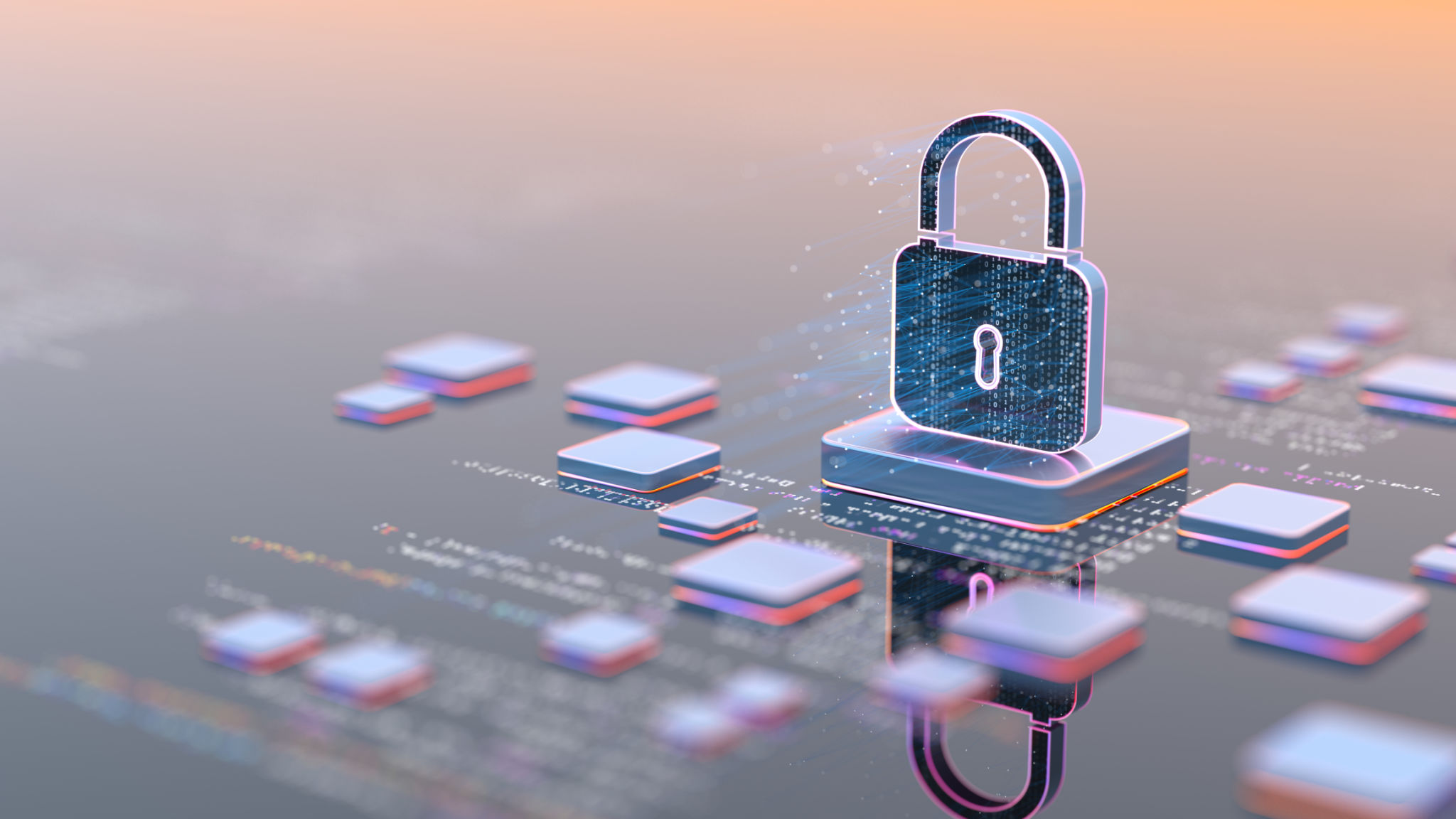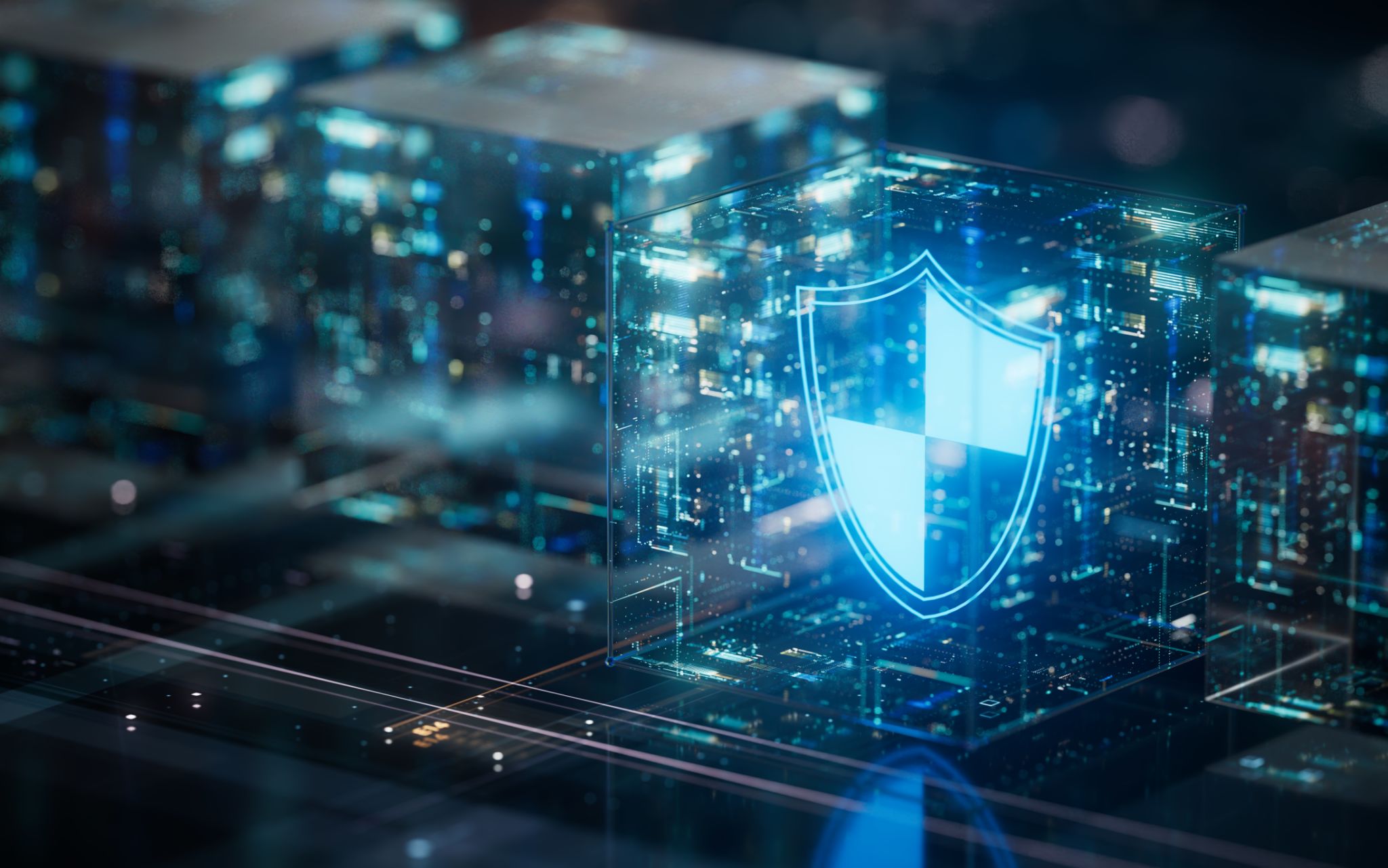- Home
- About
- Blog
- SecuX Wallets
- D'CENT-Wallet
- Ellipal Wallets
- Trezor Wallets
- Keystone Wallets
- NGrave Wallets
- Decentralized Finance (DeFi)
- Top 5 Wallets
- Top 5 Crypto IRAs of 2025
- Web 3.0
- Metaverse & Gaming
- Deeper Network VPNs
- imKey Wallets
- Crypto Tracking
- Ledger Wallets
- Buy Crypto
- Blockchain-Technical-Consulting
- CoolWallets
- Cryptosteel Capsule
- Crypto Yield-Farming
- Tangem Wallets
- Expert Cryptocurrency Security Services
- Contact Us
- Disclaimer
- Privacy Policy
Top 5 Blockchain Security Practices to Protect Your Digital Assets
Understanding Blockchain Security
Blockchain technology has revolutionized the way we handle digital assets, offering a decentralized and transparent approach. However, as with any technology dealing with valuable data, security is a major concern. Protecting your digital assets on the blockchain requires understanding and implementing effective security practices.

1. Choose a Secure Wallet
One of the first steps in securing your digital assets is selecting a reliable wallet. A secure wallet is essential for storing private keys, which are crucial for accessing and managing your blockchain assets. There are different types of wallets, including hardware, software, and paper wallets. Hardware wallets, such as Ledger and Trezor, are often recommended due to their high level of security.
When choosing a wallet, ensure it supports strong encryption and two-factor authentication (2FA). Regularly update your wallet software to protect against vulnerabilities and employ only the most trusted providers.
2. Implement Strong Authentication
Authentication is a critical component of blockchain security. Using multi-factor authentication (MFA) can significantly enhance the security of your blockchain accounts. MFA requires users to verify their identity through multiple means, such as a password and a one-time code sent to a mobile device.
Additionally, consider using biometric authentication methods like fingerprint or facial recognition, which add an extra layer of protection against unauthorized access.

3. Regularly Update and Patch Systems
Keeping your systems updated is vital to protect against known vulnerabilities. Hackers often exploit outdated software, so ensure that your blockchain applications and any related systems are regularly updated. This includes wallet software, operating systems, and any other applications interacting with blockchain technology.
Stay informed about the latest security patches and updates from your software providers. Implementing automatic updates where possible can further safeguard your digital assets.
Additional Security Measures
4. Use Strong Encryption Practices
Encryption is a fundamental practice in securing blockchain transactions and data. Ensure that all data stored on the blockchain is encrypted using advanced encryption standards (AES). This makes it more difficult for unauthorized parties to decrypt and access sensitive information.
Additionally, when transmitting data over networks, use secure protocols like HTTPS and VPNs to prevent interception by malicious actors.

5. Educate Yourself and Your Team
Education plays a crucial role in blockchain security. Whether you are managing personal digital assets or overseeing a team, understanding the latest security threats and practices is essential. Conduct regular training sessions to keep up with evolving security trends and ensure everyone involved is aware of potential risks.
Staying informed about phishing attacks, social engineering tactics, and other common cyber threats can prevent costly security breaches. Remember that security is not just about technology but also about people and processes.
By implementing these top five blockchain security practices, you can significantly protect your digital assets against potential threats. As the landscape of digital finance continues to grow, keeping abreast of security measures will remain critical to safeguarding your investments.
